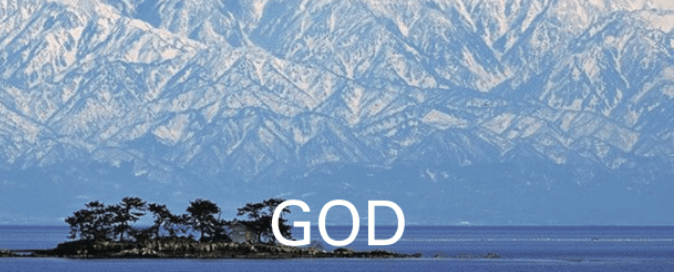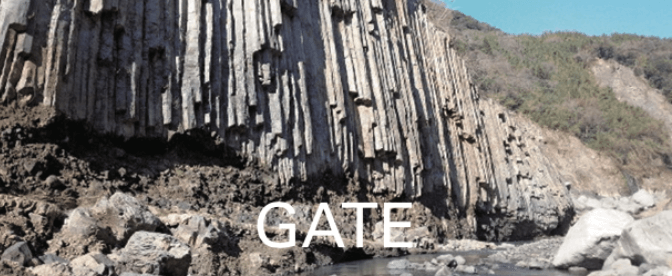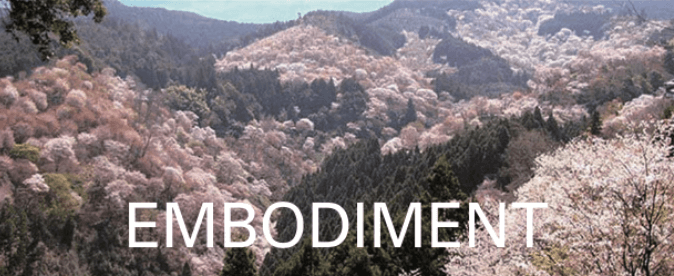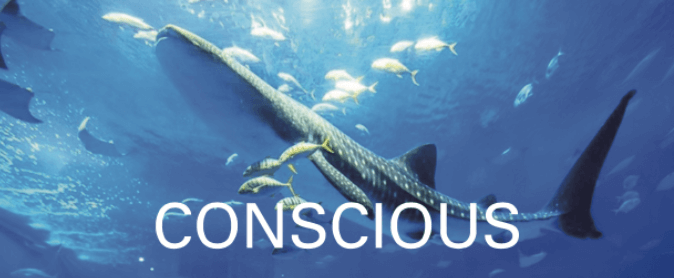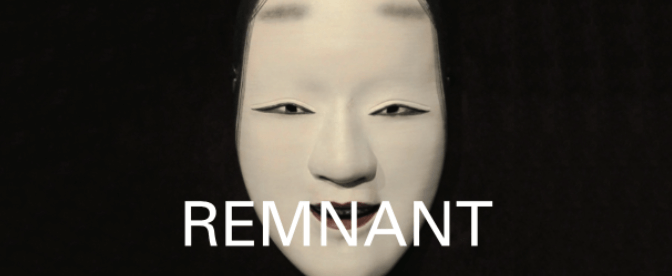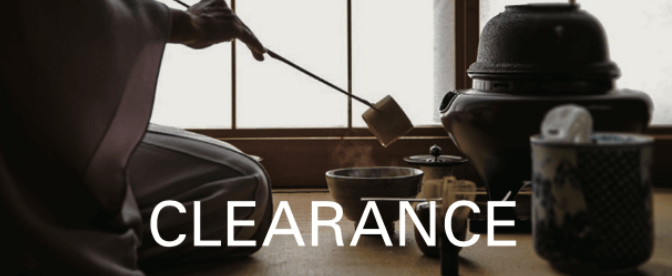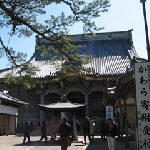
Nichiren (1222 – 1282) was one of the founders of Kamakura New Buddhism, new schools of Japanese Buddhism founded during the Kamakura period (1185 – 1333). He was born in Kataumi Kominato, Chiba in 1222, after the Samurai days began with the Jokyu Disturbance, the fight between the retired Emperor and the Kamakura Shogunate in 1221. This temple was built to commemorate its birth.
This temple was moved to the present place of Kamogawa City, after two natural disasters of 1498 and 1703. The wells of the birth still sprinkled with water even if the location had changed. The treasure hall introduces the drawing of an old map of Tanjoji Temple, and the image of Nichiren at 12 years old, when he started the practice at the local Seichoji Temple and changed its name to Yakuomaru.

The statue of Kanzeon Bosasatsu, the Sacred Avalokitesvara possessed by Shofukuji temple has a rich and beautiful appearance. Oirase Town is located on the sloped plateau facing the eastern Pacific Ossian. This town along with this statue, has beauty and history that has continued with rich nature since the Jomon period.
The oldest large-scale settlement site in Japan, Nakanoutaiiseki is a ruin from the early Jomon period. And twelve pit dwellings were discovered there. Akobo Tombs in the 7th-9th century is a large group of tombs at the terminal stage of the Tumulus and consists of more than 60 old tombs. Numerous jade balls, tube balls and swords were excavated.
-150x150.png)
This house introduces the history of Futatsui Town, which has lived with Akita cedar. Exhibited from the Aso site of the late and last Jomon period (4,000 to 2,300 years ago). It is located to be near to the junction of Yoneshiro River and Ani River. The Clay mask was an excavation from the last Jomon period. It seems to be a decorative mask hung on a wall, not one to be worn. There are fewer of these pieces than Clay figures. But they have less damage and are realistic, which suggest that they were owned by a limited number of people. And it shows the possibility that the Jomon society was transformed from a flat society to an Emirate society in the last Jomon period.

“Here, you will know The Elegance of Japan.” -The National Treasure Clay Figurine, Beauty of Jomon in the middle Jomon Period, 5,500 ‒ 4,000 years ago, was excavated at the Nishinomae Site in Funagata-machi, Yamagata. It is the ultimate symbol of beauty and sophistication, and the origin of the products made in Japan.
This museum is a general museum in Kajo Castle Park, consisting of seven departments of nature and humanities. The National Treasure Clay Figurine, is presumed to be a goddess because it was not broken intentionally and was not plump. It is the tallest clay figurine in Japan which is 45cm high.
Its Hatoshin figure, with a body 8 times longer than head, reminds us of contemporary art.
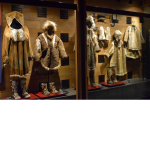
“Their clothing shows their belief in northern people” – Traditional clothes made from various animal leather and some types of bark, are rugged and efficient in harsh natural environments.
However, luck also is needed. Ainu garments, Attus, are made from the bast fibers of the elm tree. They have patterns that also have the meaning of sealing evil spirits and amulets. The pattern shows an algorithm. This museum introduces prehistoric culture, which has a close relationship with the cultures of the peoples of the northern regions, in practical materials.
From Inuit(Eskimo) in Greenland to the east to Sami People in Scandinavian to the west. It exhibits those items according to themes such as clothing, food, living, livelihood, spiritual culture, and traditions of culture.
